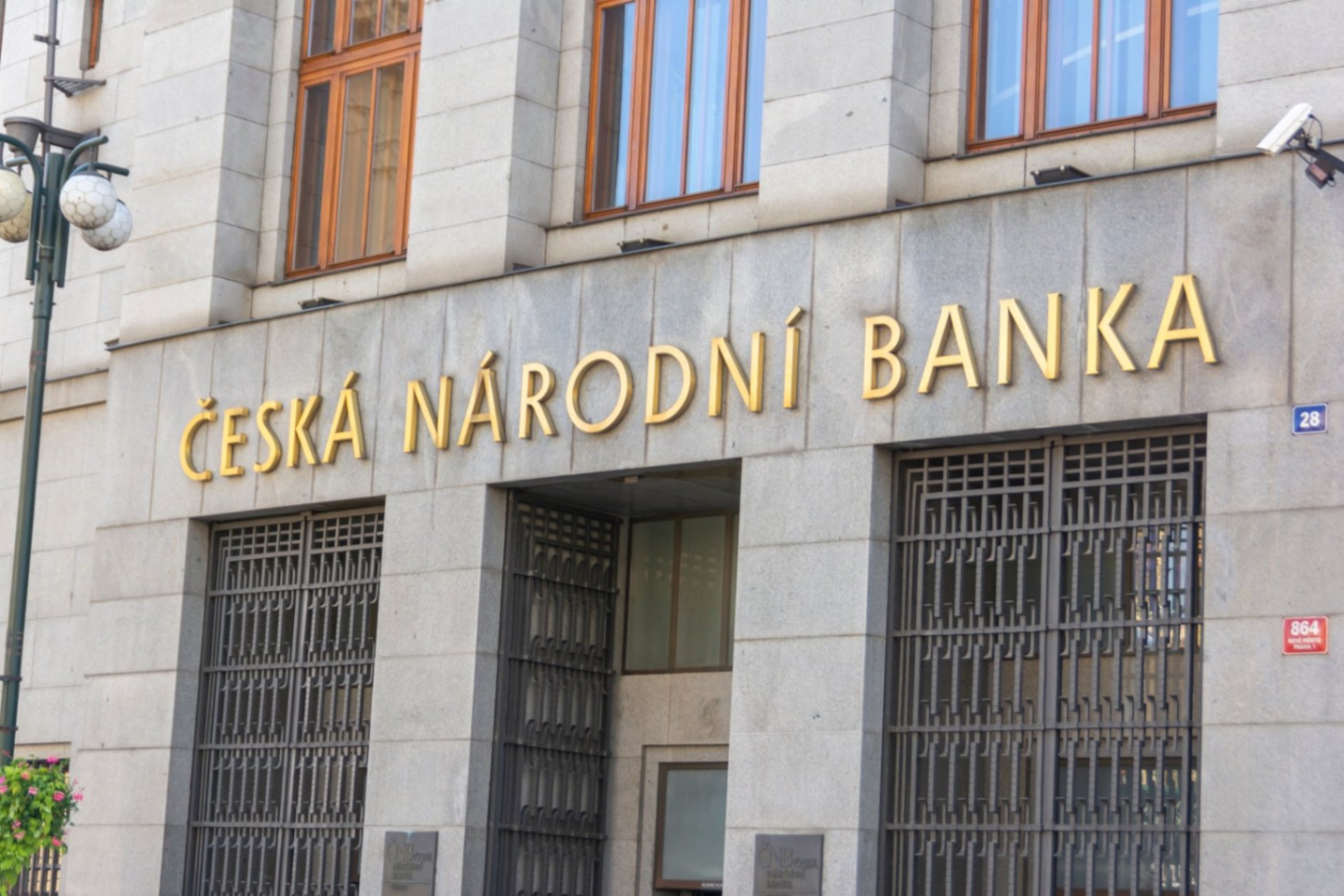Cautious CNB interest rate cut to 3.5%
Economic commentary by Jaromir Šindel, Chief Economist of the CBA

The likely further decline in interest rates outlined above and the deterioration in the outlook for the global economy, which resulted in a more favourable external price environment, prompted the majority of the CNB's board to cut the interest rate further, albeit cautiously, by 0.25% point to 3.5%. Conversely, persistently stronger price growth in services, solid economic growth coupled with above-average wage growth again left the communication in a hawkish tone and led one board member to vote in favour of leaving the interest rate unchanged.
The decision was in line with the market's bias (further towards 3% in the first half of 2026) and most analysts (13 of 15 polled by Reuters), while admittedly I saw more reason to leave the rate unchanged at 3.75%.
Rather cosmetic changes were made to the forecast and key assumptions, likely reflecting the uncertainty associated with the outcome of the tariff wars. It will be interesting to see whether the CNB also presents the alternative scenarios mentioned by Governor Michl on Monday 12 May.
The CNB decided to cut the interest rate in May taking into account two factors:
1. The CNB also perceives the new level of interest rate setting at a still restrictive real level (This is true in light of past and expected consumer inflation growth. Of course, this is less true with respect to expected real wage growth or current house price growth, but these are only alternative views, but linked to current inflationary pressures).
2. there has been a reduction in the risk of imported inflation (Here it is not clear to me whether this reflects lower commodity prices or the risk of lower imported prices due to the US-China trade war, and at the same time this factor was not among the risks to the CNB's inflation outlook in Q1).
The central bank's interest rate outlook envisages a steeper decline in the CNB interest rate compared to the CBA's February forecast to 3.25% at the end of this year and further to 3% in 2026, which is in line with the negative impact of tariff wars on the Czech economy. The CNB's forecast can probably be considered optimistic with respect to the GDP outlook, especially if the tariff wars return to the level of early April, but this may be corrected by the still solid figures on current economic developments. On the other hand, the forecast may face an inflation risk if the tariff wars are further subdued due to stronger economic growth, precisely in view of the still solid economic development numbers.
New CNB forecast
The most significant change was made to the outlook for economic growth in 2026, which was lowered by 0.3% point to 2.1% annual growth, following the unchanged 2% growth forecast for this year. This follows a similar reduction for the euro area growth outlook but to 0.3% y/y for this year. For now, in the baseline scenario, given the above uncertainty, the CNB assumes an unchanged level of GDP at the end of 2026, in other words, it assumes that the current tariff war shock will lead to weaker economic growth of 0.3% q-o-q in the second half of this year, but followed by stronger GDP growth of 0.75% q-o-q on average in 2026. GDP growthof 0.5% q-o-q in Q1 was in line with the CNB's forecast.
This translates into a slightly steeper fall in the 3M PRIBOR rate, down 0.25% points to 2.85% in the final quarter of this year (and further to 2.75% in the second quarter of 2026), but with an unchanged level at the end of 2026 (still slightly below 3%). The lower outlook for 3M PRIBOR over the coming four quarters reflects weaker economic growth with an essentially unchanged inflation outlook for the coming four quarters (if we include the April surprise of a 0.2% point weaker CPI growth compared to the CNB's forecast). However, a stronger economic recovery is likely to be linked again to a tighter labour market (we do not yet know the details of the CNB's forecast) and thus to the need to keep interest rates around 3%, which, with a lower outlook for ECB rates (3M EURIBOR at 1.8% in 2026), should lead to a stronger koruna (the CNB, however, assumes a weaker level of around 25.3 in 2026).